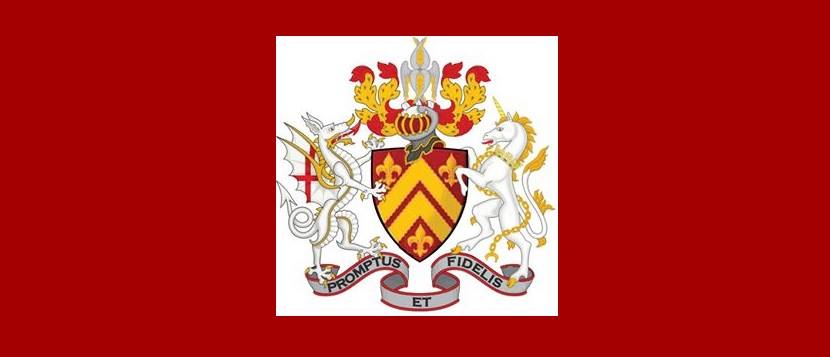Clan Carruthers Int Society CCIS Promptus et Fidelis

Evidence for Pictish Genomes
The four ancient genomes of Orkney, Scotland individuals with little Scandinavian ancestry may be the first ones of Pictish people published to date. Yet a similar (>80% “UK ancestry) individual was found in Ireland (VK545) and five in Scandinavia, implying that Pictish populations were integrated into Scandinavian culture by the Viking Age.
Our interpretation for the Orkney samples can be summarised as follows. Firstly, they represent “native British” ancestry, rather than an unusual type of Scandinavian ancestry. Secondly, that this “British” ancestry was found in Britain before the Anglo-Saxon migrations. Finally, that in Orkney, these individuals would have descended from Pictish populations.
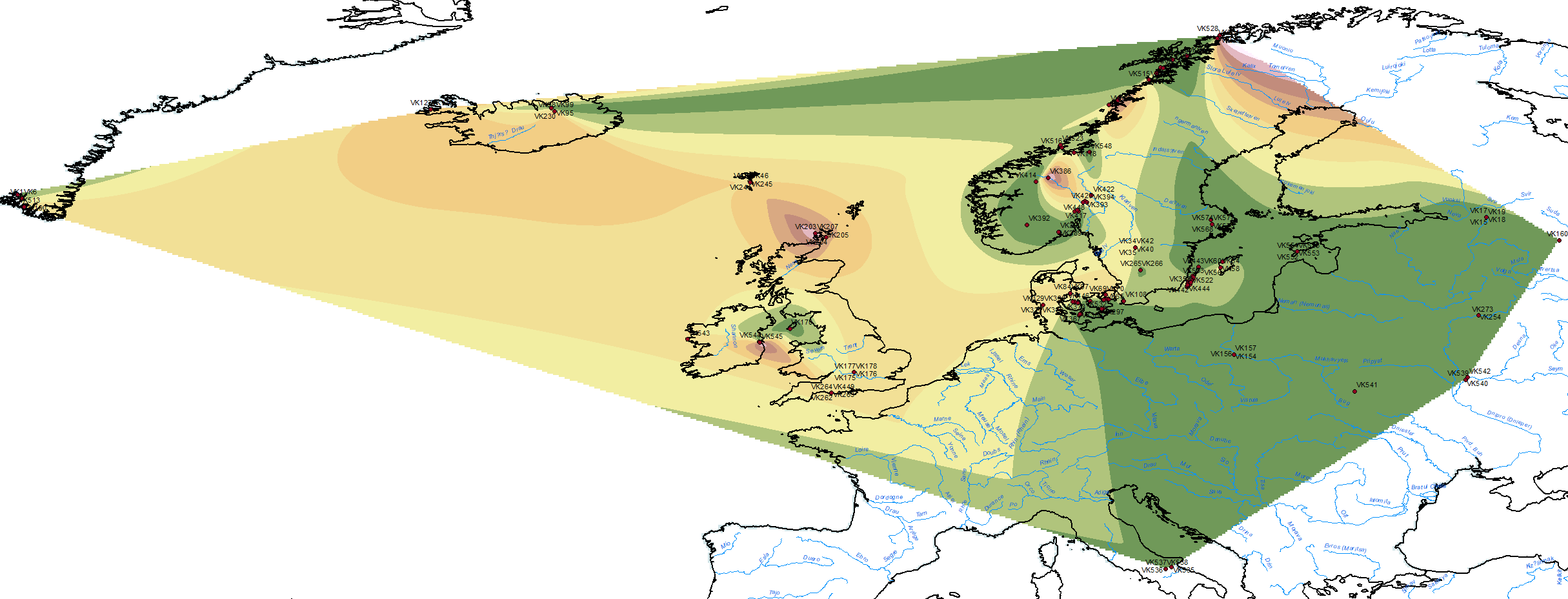
(…) ‘UK’ represents a group from which modern British and Irish people all receive an ancestry component. This information together implies that within the sampling frame of our data, they are proxying the ‘Briton’ component in UK ancestry; that is, a pre-Roman genetic component present across the UK. Given they were found in Orkney, Scotland , this makes it very likely that they were descended from a Pictish population, or from a population present before the Pictish era.
Modern genetic variation within the UK sees variation between ‘native Briton’ populations Wales, Scotland, Cornwall and Ireland as large compared to that within the more ‘Anglo-Saxon’ English.
This is despite subsequent gene flow into those populations from English-like populations. We have not attempted to disentangle modern genetic drift from historically distinct populations. Roman-era period people in England, Wales, Ireland and Scotland may not have been genetically close to these Orkney individuals, but our results show that they have a shared genetic component as they represent the same direction of variation.
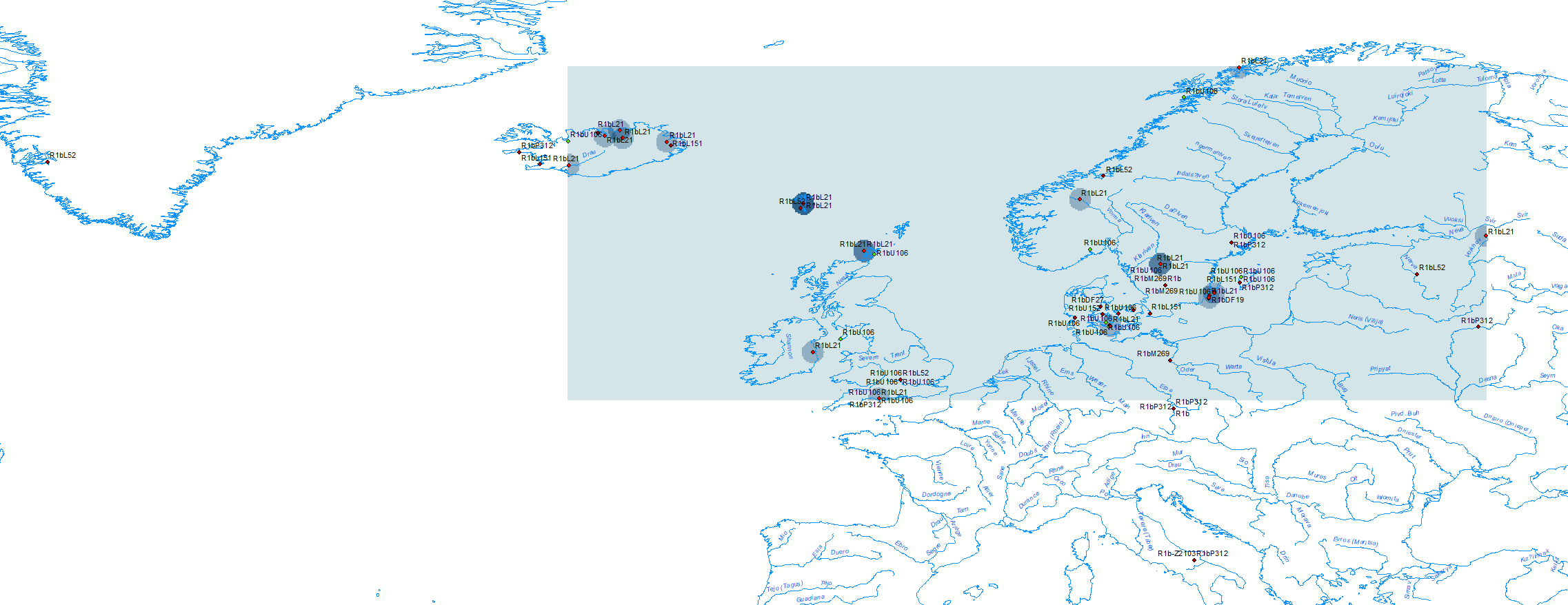
Carruthers DNA shows their Gutland Viking line as U101 – U105, predating this sample.
Y-DNA
As in the case of mitochondrial DNA, the overall distribution profile of the Y chromosomal haplogroups in the Viking Age samples was similar to that of the modern North European populations. The most frequently encountered male lineages were the haplogroups I1, R1b and R1a.
Haplogroup I (I1, I2)
The distribution of I1 in southern Scandinavia, including a sample from Sealand (VK532) ca. AD 100 , that it had become integrated into the West Germanic population already before their expansions, something that we already suspected thanks to the sampling of Germanic tribes.
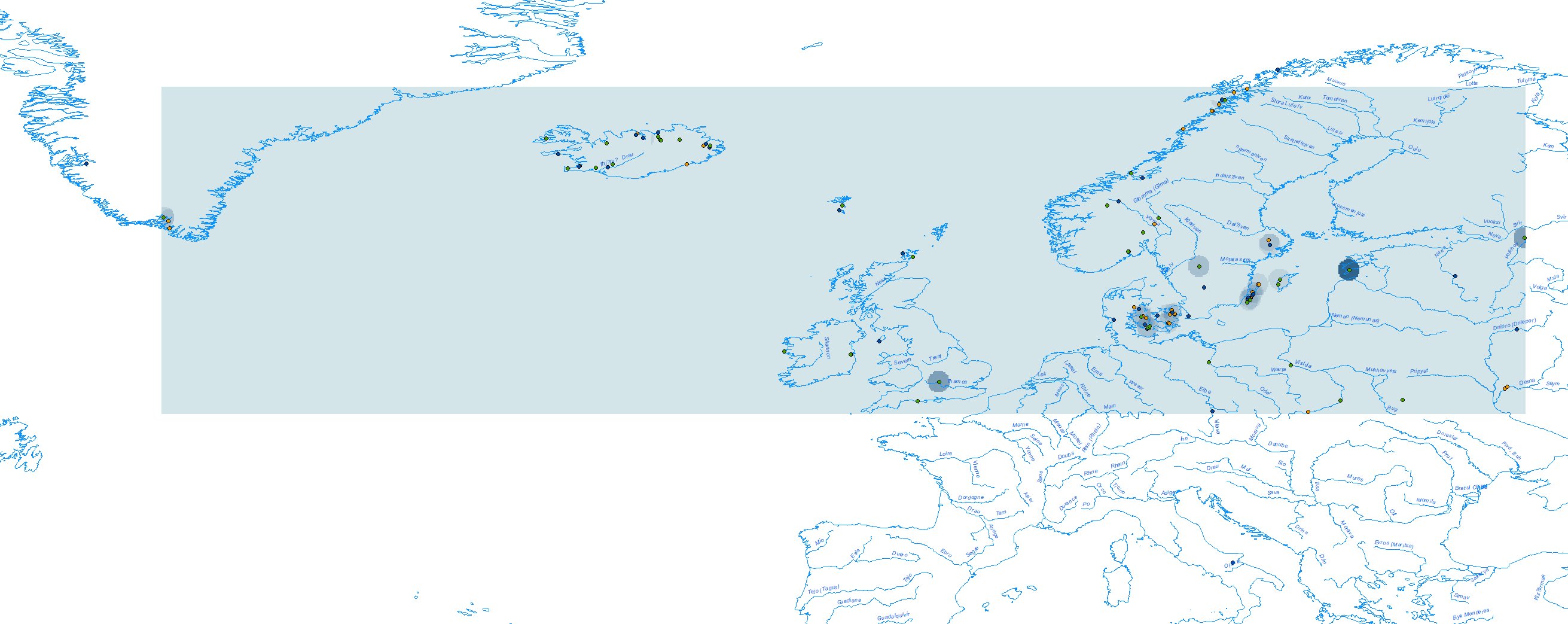
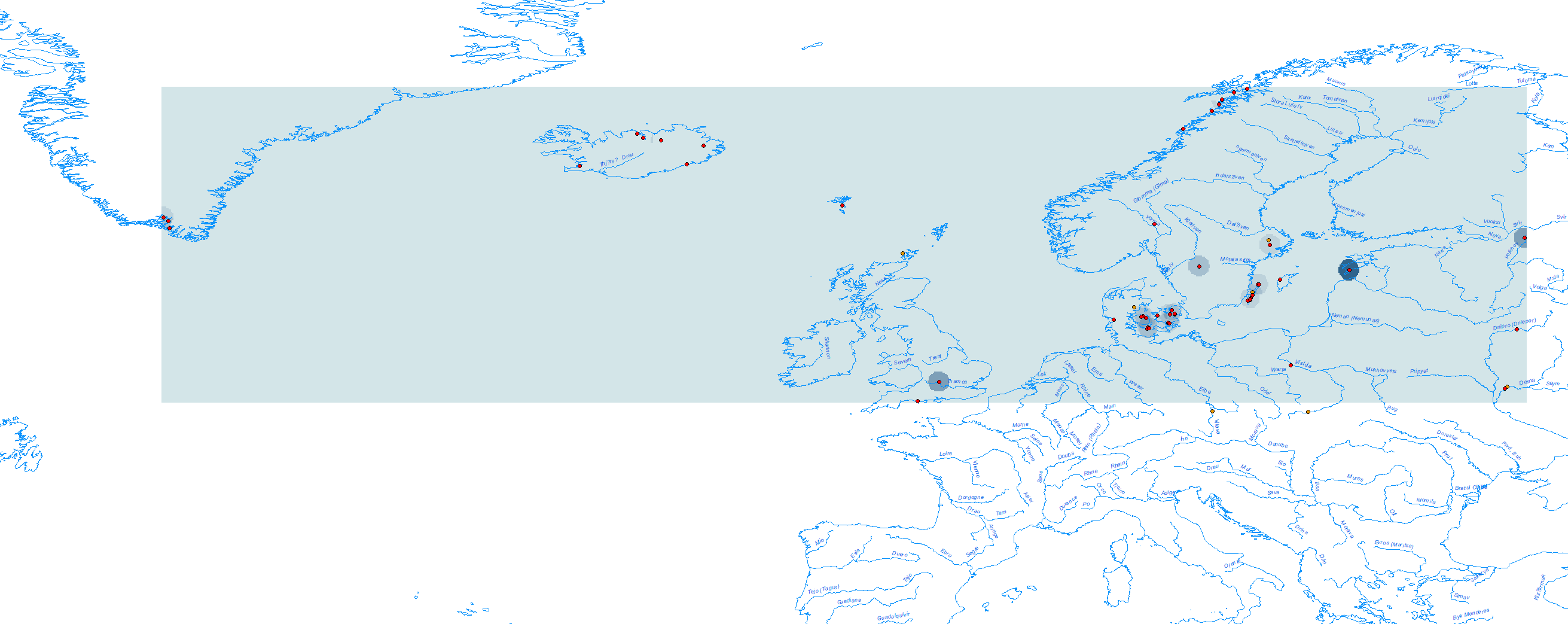
Haplogroup R1b (M269, U106, P312)
Especially interesting is the finding of R1b-L151 widely distributed in the historical Nordic Bronze Age region, which is in line with the estimated TMRCA for R1b-P312 subclades found in Scandinavia, despite the known bottleneck among Germanic peoples under U106. Particularly telling in this regard is the finding of rare haplogroups R1b-DF19, R1b-L238, or R1b-S1194. All of that points to the impact of Bell Beaker-derived peoples during the Dagger period, when Pre-Proto-Germanic expanded into Scandinavia.
Also interesting is the finding of hg. R1b-P297 in Troms, Norway (VK531) ca. 2400 BC. R1b-P297 subclades might have expanded to the north through Finland with post-Swiderian Mesolithic groups , and the ancestry of this sample points to that origin.
The Carruthers DNA is the Scandinavian hunter-gatherers, which pre=dates this group. Carruthers DNA tested positive for Late Neolithic period around 2400 BCE. at the MNB to LN transistion.
However, it is also known that ancestry might change within a few generations of admixture, and that the transformation brought about by Bell Beakers with the Dagger Period probably reached Troms, so this could also be a R1b-M269 subclade. In fact, the few available data from this sample show that it comes from the natural harbour Skarsvågen at the NW end of the island Senja, and that its archaeologist thought it was from the Viking period or slightly earlier, based on the grave form. From Prescott (2017):
In 1995, Prescott and Walderhaug tentatively argued that a dramatic transformation took place in Norway around the Late Neolithic (2350 BCE), and that the swift nature of this transition was tied to the initial Indo-Europeanization of southern and coastal Norway, at least to Trøndelag and perhaps as far north as Troms. (…)
The Bell Beaker/early Late Neolithic, however, represents a source and beginning of these institution and practices, exhibits continuity to the following metal age periods and integrated most of Northern Europe’s Nordic region into a set of interaction fields. This happened around 2400 BCE, at the MNB to LN transition.
NOTE. This particular sample is not included in the maps of Viking haplogroups.

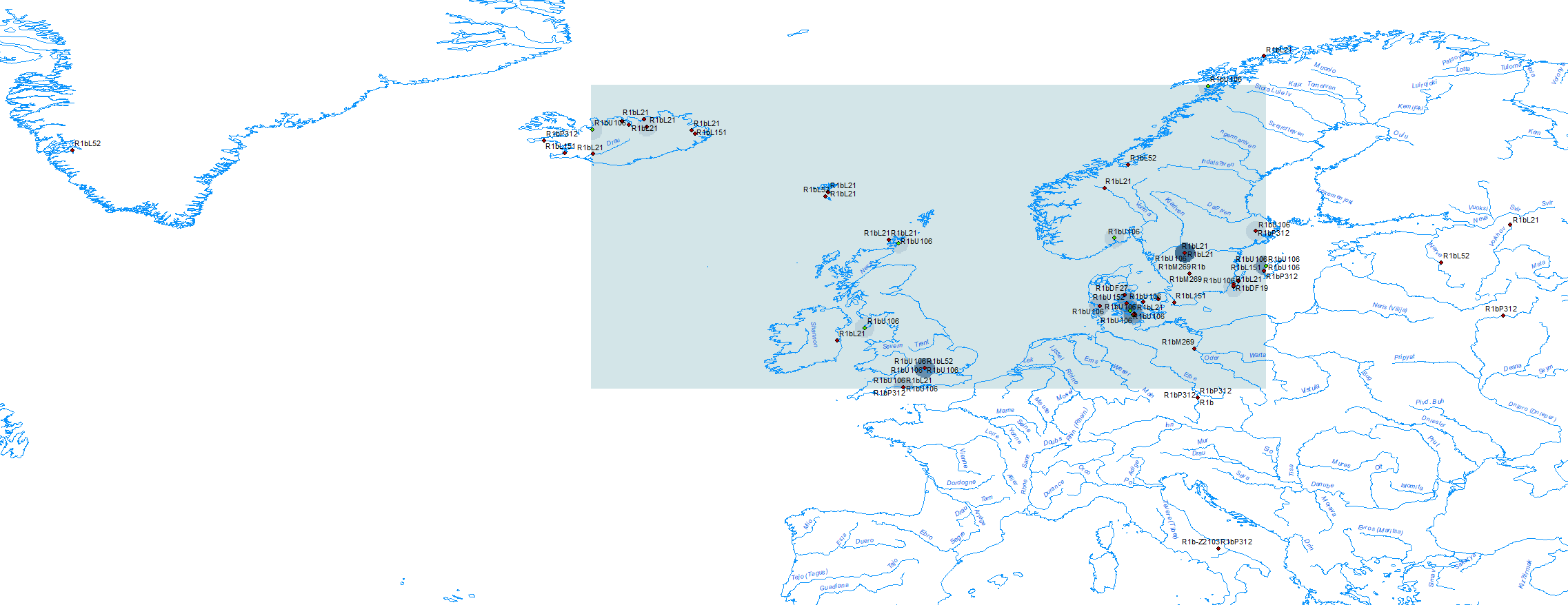
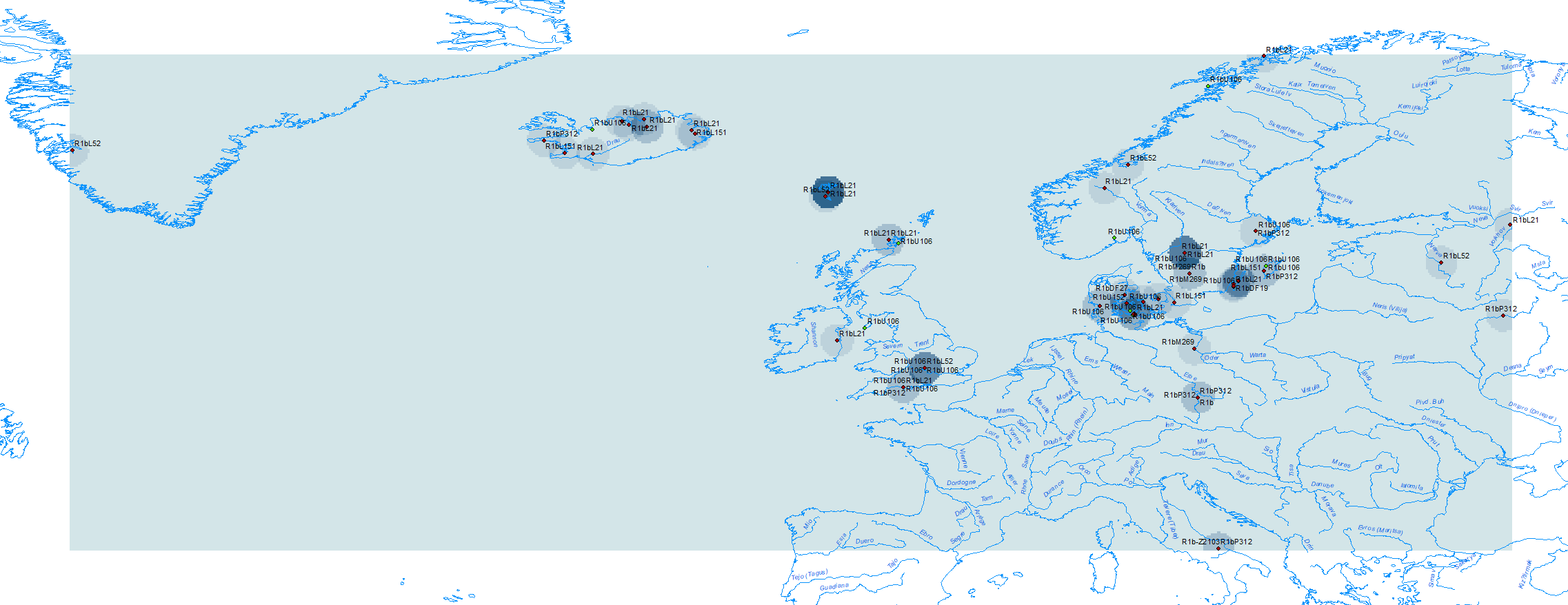
Haplogroup R1a (M417, Z284)
The distribution of hg. R1a-M417, in combination with data on West Germanic peoples, shows that it was mostly limited to Scandinavia, similar to the distribution of I1. In fact, taking into account the distribution of R1a-Z284 in particular, it seems even more isolated, which is compatible with the limited impact of Corded Ware in Denmark or the Northern European Plain, and the likely origin of R1a-Z284 in the expansion with Battle Axe from the Gulf of Finland. The distribution of R1a-Z280 (see map above) is particularly telling, with a distribution around the Baltic Sea mostly coincident with that of N1a.
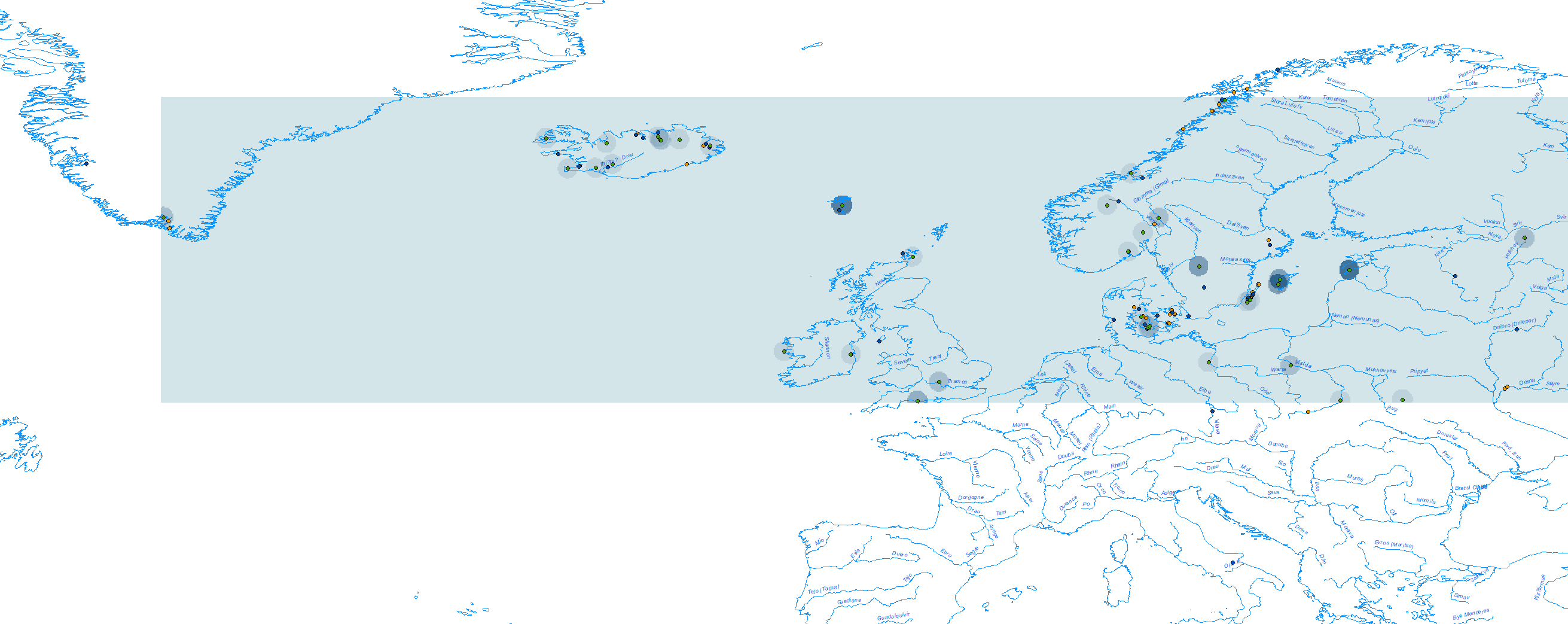
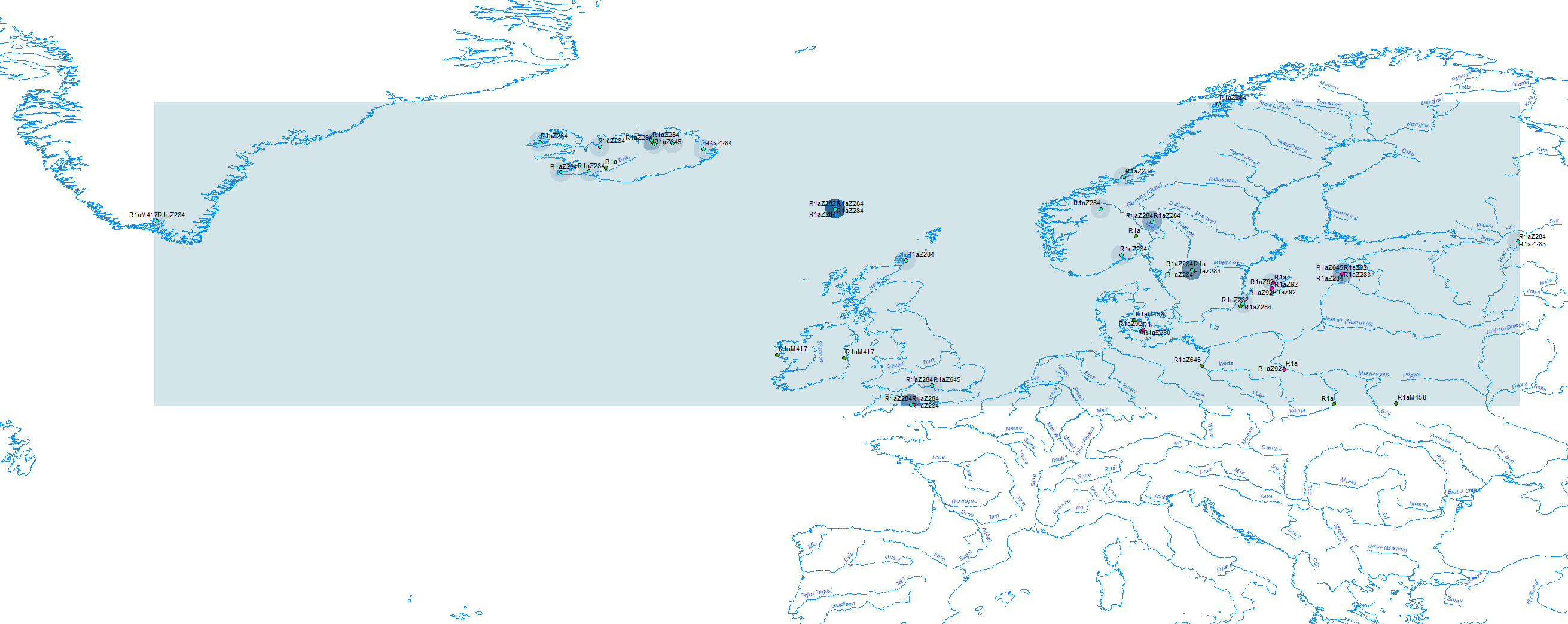
Other haplogroups
Among the ancient samples, two individuals were derived haplogroups were identified as E1b1b1-M35.1, which are frequently encountered in modern southern Europe, Middle East and North Africa. Interestingly, the individuals carrying these haplogroups had much less Scandinavian ancestry compared to the most samples inferred from haplotype based analysis. A similar pattern was also observed for less frequent haplogroups in our ancient dataset, such as G (n=3), J (n=3) and T (n=2), indicating a possible non-Scandinavian male genetic component in the Viking Age Northern Europe. Interestingly, individuals carrying these haplogroups were from the later Viking Age (10th century and younger), which might indicate some male gene influx into the Viking population during the Viking period.
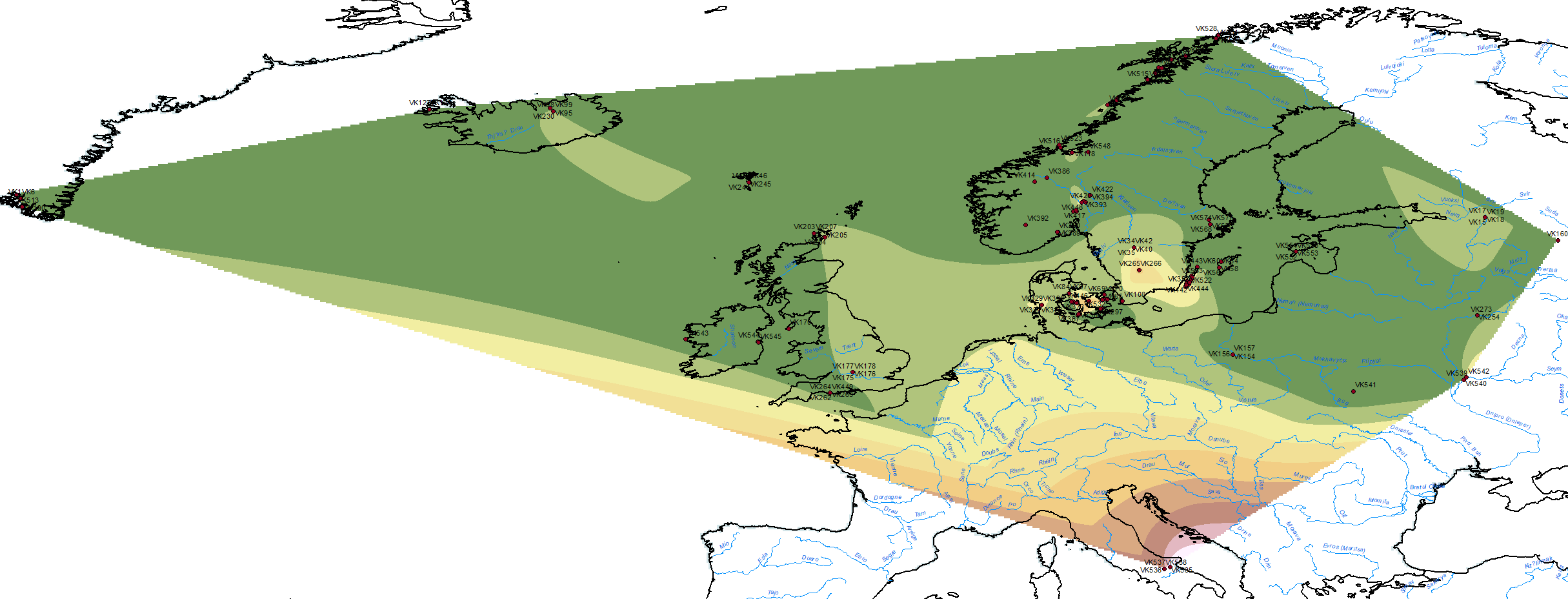
As the paper says, the small sample size of rare haplogroups cannot distinguish if these differences are statistically relevant. Nevertheless, both E1b samples have substantial Modern Polish-like ancestry: one sample from Gotland (VK474), of hg. E1b-L791, has ca. 99% “Polish” ancestry, while the other one from Denmark (VK362), of hg. E1b-V13, has ca. 35% “Polish”, ca. 35% “Italian”, as well as some “Danish” (14%) and minor “British” and “Finnish” ancestry.
Given the E1b-V13 samples of likely Central-East European origin among Lombards, Visigoths, and especially among Early Slavs, and the distribution of “Polish” ancestry among Viking samples, VK362 is probably a close description of the typical ancestry of early Slavs. The peak of Modern Polish-like ancestry around the Upper Pripyat during the (late) Viking Age suggests that Poles (like East Slavs) have probably mixed since the 10th century with more eastern peoples close to north-eastern Europeans, derived from ancient Finno-Ugrians:
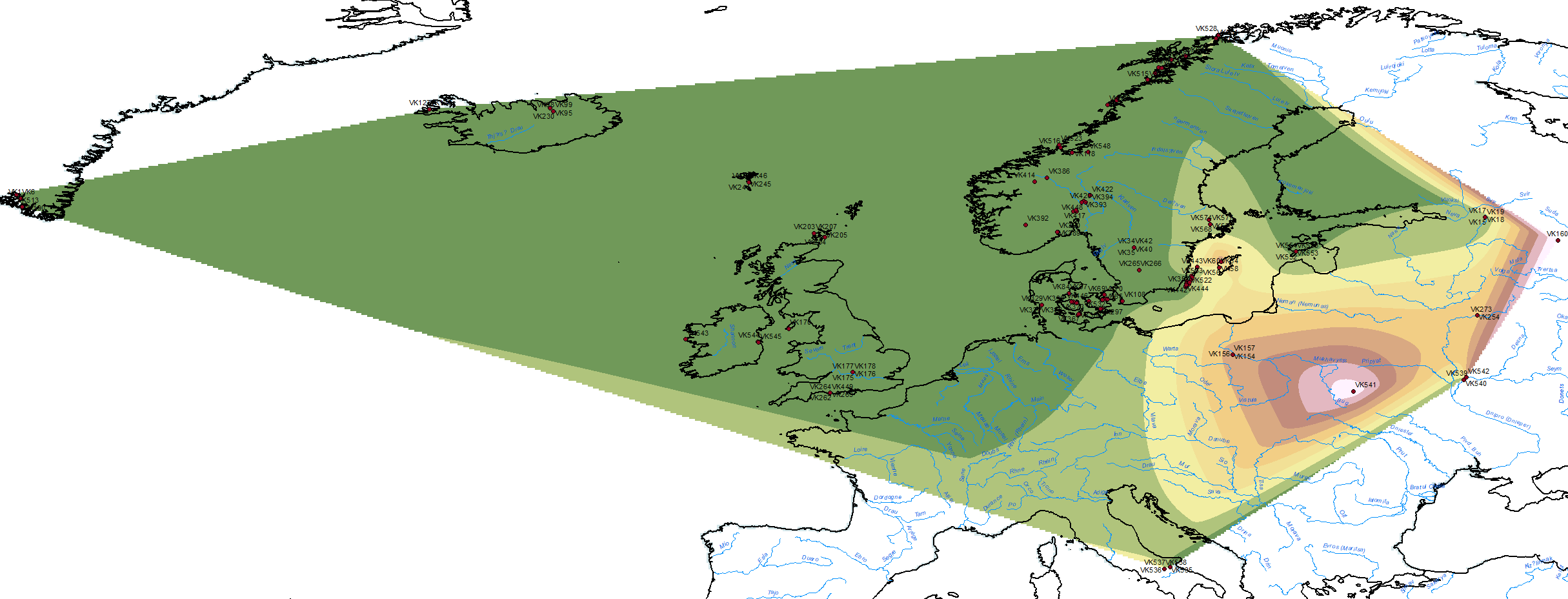
Similarly, the finding of R1a-M458 among Vikings in Funen, Denmark (VK139), in Lutsk, Poland (VK541), and in Kurevanikha, Russia (VK160), apart from the early Slav from Usedom, may attest to the origin of the spread of this haplogroup in the western Baltic after the Bell Beaker expansion, once integrated in both Germanic and Balto-Slavic populations, as well as intermediate Bronze Age peoples that were eventually absorbed by their expansions. This contradicts, again, my simplistic initial assessment of R1a-M458 expansion as linked exclusively (or even mainly) to Balto-Slavs.
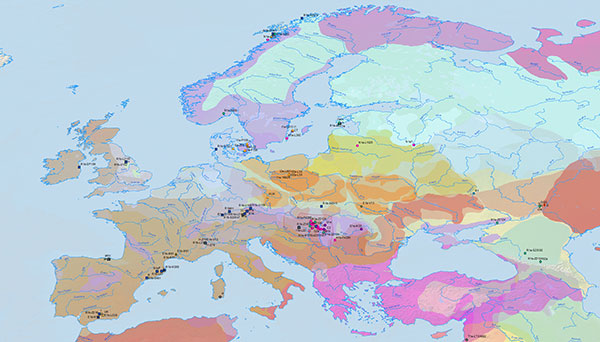
See more Viking DNA material at : https://clancarruthers.home.blog/2020/01/26/baltic-iron-age-ancestry/
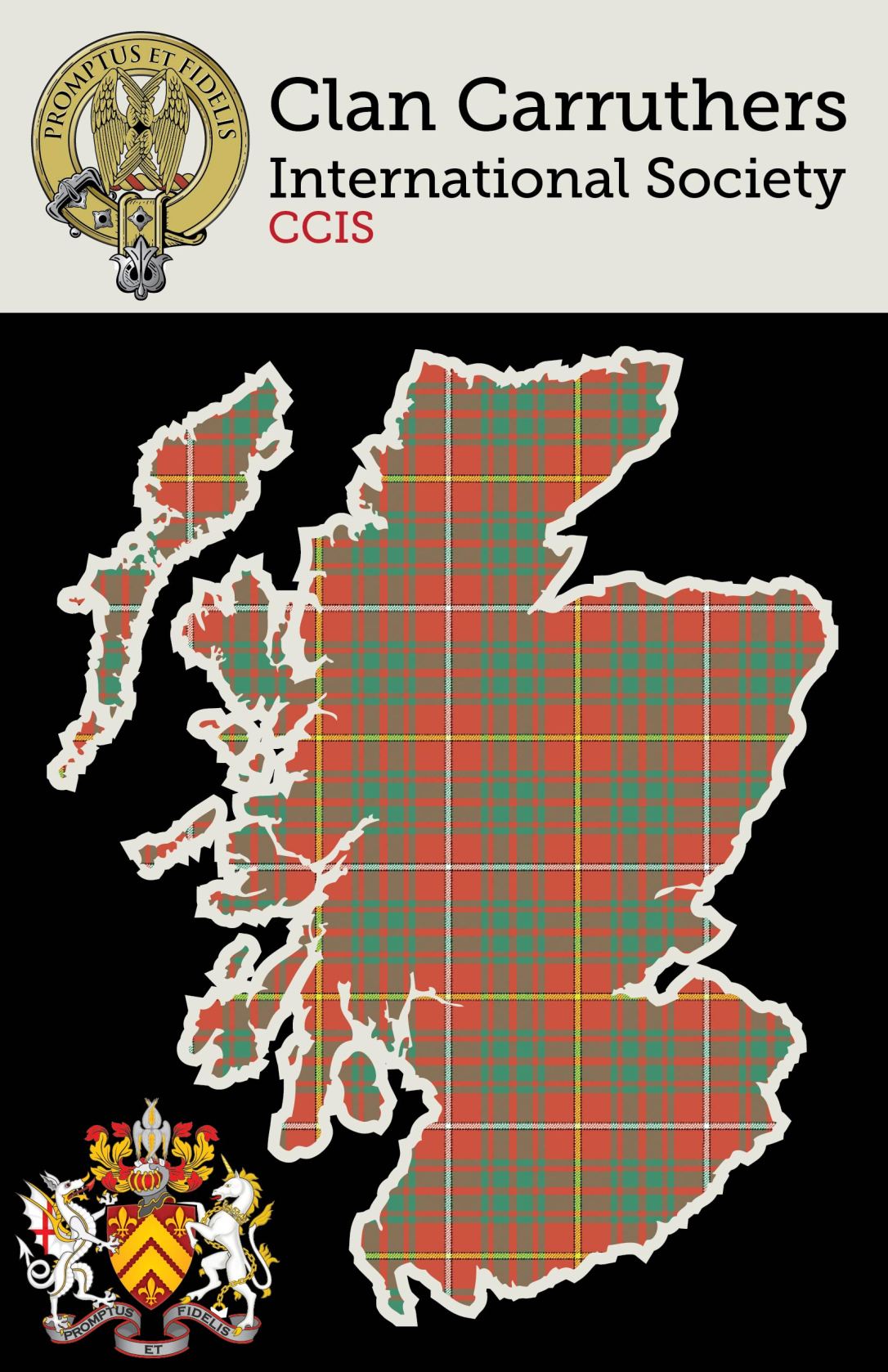
Preserving Our Past, Recording Our Present, Informing Our Future
Ancient and Honorable Clan Carruthes Int Society CCIS LLc
carruthersclan1@gmail.com carrothersclan@gmail.com

DR GAIL GRAY
CLAN CARRUTHERS INT SOCIETY CCIS -SEANACHIDH-HISTORIAN AND GENEALOGIST

You can find us on facebook at :
https://www.facebook.com/carrutherscarrothers.pat.9
https://www.facebook.com/CarruthersClan/
https://www.facebook.com/CarruthersClanLLC
Disclaimer Ancient and Honorable Carruthers Clan International Society CCIS LL

